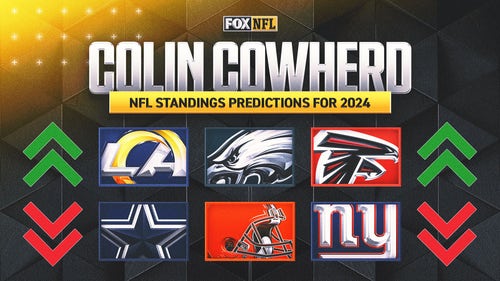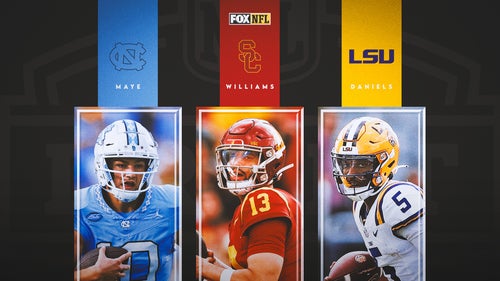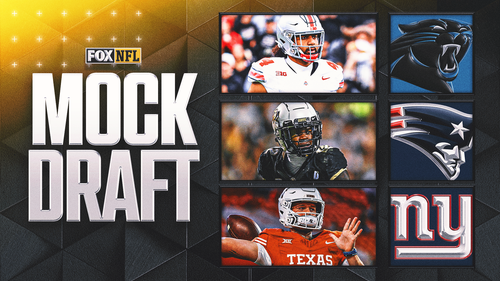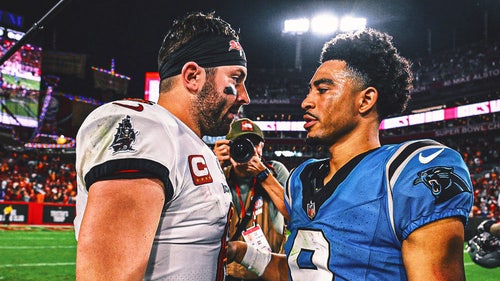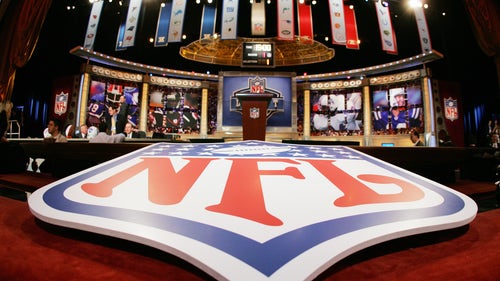
Football's Accounting Tricks
The business of football is starting to ramp up as we move toward “go time” for off-field action. Back in September, front offices handed the 2016 edition of their team over to the coaches. For a while now, general managers, scouts and cap managers have been “on to 2017.”
Teams that will release players in February and March do not magically decide to do so then; those decisions are usually made in November and December. Similarly, teams are now identifying young, ascending players that are expected to be building blocks for their future and working on extensions to secure them long-term. Recently, the Falcons extended two players that they see as such building blocks: Ryan Schraeder and Robert Alford. The 49ers have extended Vance McDonald and the Browns have extended Jamar Taylor. Teams should be busy using excess cap room on players over the next couple of weeks. The question is: will they?
Money for Nothing
The 2016 salary cap “freezes” on January 1, meaning all activity after that date will be charged against the 2017 cap. With barely more than two weeks to go before that freeze, teams such as the Browns, Jaguars and 49ers have more than $40 million in remaining cap space—and 25 teams have more than $5 million in room. Yet teams with cap surpluses seem to rarely use that cap space, rather than use it for its intended purpose: to spend on players. Cap room, and a rising salary cap, is only meaningful to players if teams actually spend the cap room they have.
The CBA not only doesn’t prohibit teams from leaving cap space on the table, it also allows them to carry it forward into the next year. This permits teams to not spend on players in the present and save cap room for future use. And if they don’t use it next year, they can roll over cap room into the following year as well. When teams are judged on spending thresholds, that calculation is based on the actual cap ($155 million this year) rather than adjusted caps that include millions more of rolled over amounts (the Jaguars’ adjusted cap this year is $190 million).
As I noted in my analysis of the CBA at its halfway point, team minimum spending thresholds—89% of cap on a cash basis over a four-year window from 2013-2016—give management license to spend under the cap. While the NFLPA trumpeted figures this week showing that every team has already met those minimums—except the Raiders, who will easily meet them by the March deadline—we will see several teams carry forward a combined hundreds of millions of dollars of unused cap room into 2017, money that could have been paid out to players now. That is a condemnation of those minimums.
The numbers presented by the union show that only 12 out of 32 teams spent “to the cap” (or beyond it, as allowed through prorated bonuses) between 2013 and 2016. In other words, while teams are satisfying minimum spending requirements, the vast majority of teams are consistently spending under the cap. A salary cap is already an artificial restriction on team spending. It should ensure that teams reach that threshold of spending, but that is not happening.
Perhaps if the minimum spending thresholds were set on an annual basis, or even a two-year basis rather than the current four-year period, there would be more spending and less cap space rolled over. (The same could also be achieved if minimum threshold of salary cap spending were set higher than the current 89%; somewhere in the mid-90s would be better.) But for CBA-mandated pushes, some NFL owners and teams appear to be spending what they need meet the minimums and not much more.
As a final insult to player spending, teams are not even required to bring forward leftover cap room; they can just not use it and lose it, flushing potential player funds down the drain.
Agent Games
December represents an upsurge of activity not only for teams but also for those on the other side of the negotiating table: the agents. The time between Thanksgiving and New Year's is “go time” for recruiting and signing college prospects. Although agents have been wooing prospects all season, if not for multiple years, this is closing time.
Agents are crisscrossing the country to meet with college players, coaches, parents and advisers as the decision-making process reaches its apex. The process is substantially similar to when players are recruited to play college football; agents will try to sell themselves based on their best clients, their best contracts and their best connections to NFL management. And, just like college recruiting, few agents are above letting the player know about weaknesses of the competition.
Despite declining margins, even the biggest agencies are now willing to negotiate rookie contracts for a 1% fee; the business is more competitive than ever. In such a cutthroat environment, especially for top players, some agents use “whatever means necessary,” which leads to unscrupulous behavior and payments to players and their families.
One powerful recruiting tool that has surfaced in recent years is the “marketing guarantee”—the agent or agency pays the player a sum of money (I have heard of guarantees of up to $2 million) that will then be offset against any fees for future marketing revenue delivered by the agent. In the event the agent or agency is unable to produce that amount of marketing income, the player keeps that money. This mechanism obviously favors the larger agencies with the resources to do this; smaller groups will sell their ability to give all clients personal attention.
I hear from coaches, parents and advisors during this time of year asking me to cut through some of the cookie-cutter marketing pitches and give an independent look at key issues they should be concerned about. It is unfortunate that players have to make such an important decision in such a compressed window of time; it can foster some bad decisions, often later reversed with an agent switch. These agent decisions will all be made in the coming days and weeks, with the potential futures of the players (and the agents) at stake. Choose wisely.

Brandt’s Rant
In watching Monday Night Football this week and seeing Bill Belichick scramble to potentially challenge a ruling on the field, I once again shook my head at the fact the NFL continues to live in the past regarding technology and replay. In a business with $12 billion in annual revenues, its most successful coach was trying to challenge a replay by reaching for a red cloth stuffed inside his sock under his pant leg.
With franchise values averaging close to $2.5 billion and combined player payrolls exceeding $300 million on the field at any time, there appears to be little investment in technology to improve officiating. What technological advances have truly improved and streamlined officiating in the past 25 years? Are television enhancements such as the first-down line or pylon camera being used to do help officiate? It doesn’t appear so.
To be fair, the NFL is slowly embracing technology. It has tablet deals with Microsoft (much to Belichick’s chagrin) and has fostered relationships with Twitter, Google (a new partnership involving Virtual Reality) and others in the tech space. However, it is time for the NFL to invest in technology to make officiating less human and, therefore, with less human error.
• Question? Comment? Story idea? Let us know at talkback@themmqb.com






































































































































